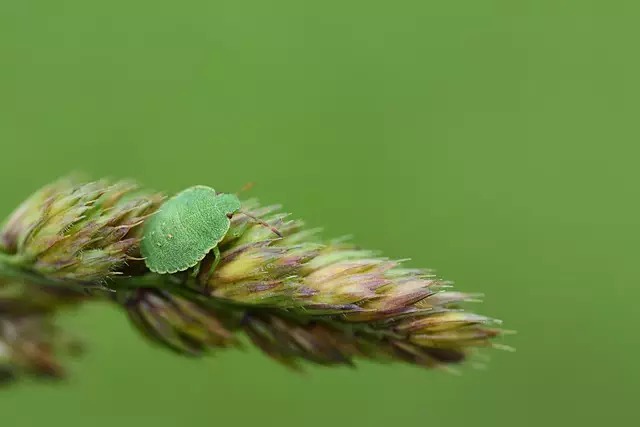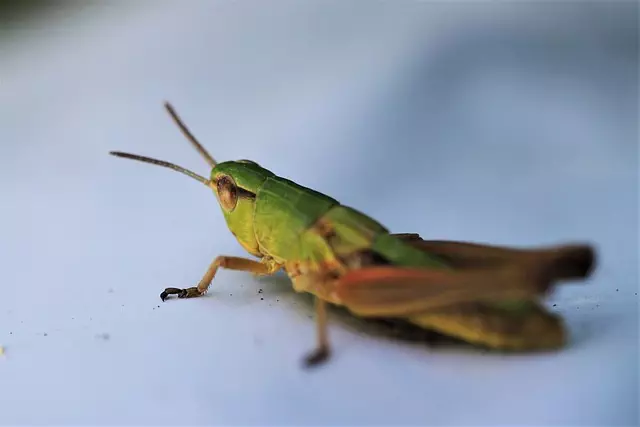Understanding pest behaviors is crucial for effective bug extermination. Prompt action on signs like droppings, damage, or odors is key. Choosing a licensed, experienced pest exterminator with tailored solutions is essential. They use safe methods from chemical pesticides to natural repellents and integrated pest management. Regular inspections, sealing entry points, and cleanliness are recommended by professionals for prevention. Eco-friendly alternatives and advanced techniques combat resistant pests. Regular maintenance through inspections and tidiness reduces the need for costly treatments.
Looking to rid your space of unwanted visitors? Understanding effective bug extermination is key. Pests are a common nuisance, but knowing their behaviors and signs of infestation empowers you to take action. From identifying invaders to choosing the right pest exterminator, this guide covers it all. Learn about targeted treatments, preventive measures, eco-friendly options, and maintaining long-term protection against resilient pest populations.
Understanding Common Pests and Their Behavior
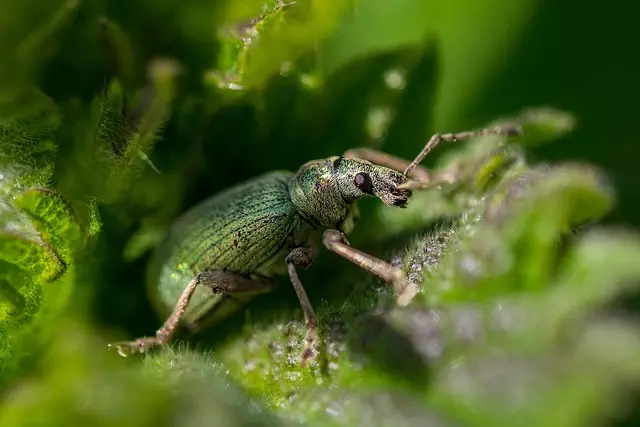
Understanding common pests and their behavior is a crucial step in effective bug extermination. Pests like roaches, ants, termites, and rodents each have unique habits and preferences that influence their movement and feeding patterns. For instance, roaches prefer dark, damp areas, while ants are drawn to sweet substances and food crumbs. Termites feast on wood and other plant-based materials, making them a common nuisance in homes with wooden structures. Knowing these behaviors allows property owners and professional pest exterminators to employ targeted strategies for prevention and control.
By identifying where these pests thrive and what attracts them, individuals can take proactive measures to seal entry points, maintain cleanliness, and avoid attracting them. Professional pest control services utilize this knowledge along with specialized tools and treatments tailored to each specific pest. Regular inspections and prompt action against signs of infestation are key to minimizing damage and maintaining a pest-free environment, ensuring peace of mind for homeowners.
Identifying Signs of Pest Infestation
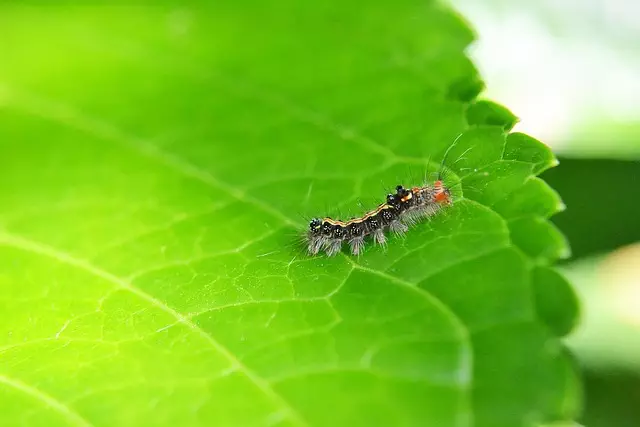
Recognizing the signs of a pest infestation is the first step in effective bug extermination. Pests like rodents, insects, and termites can leave noticeable indicators of their presence. Common symptoms include unusual noises, such as scratching or scurrying sounds, particularly at night; visible damage to property, such as chewed wires, holes in walls, or destroyed furniture; and strange odours, which might suggest the presence of pests like rodents or ants.
A pest exterminator should also look for signs of pest activity, such as droppings (often indicative of rodents), egg cases (common with insects), or small piles of wood shavings (a sign of termite infestations). Early detection is crucial, as it allows for swift action and can prevent the infestation from escalating. Regular inspections are key to maintaining a pest-free environment.
Choosing the Right Pest Exterminator
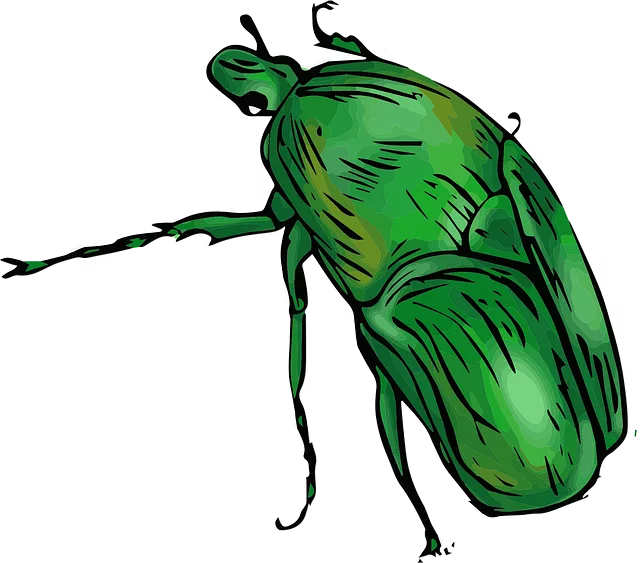
When dealing with a bug infestation, selecting the right pest exterminator is paramount for effective and safe extermination. Researching and choosing a reputable professional ensures your peace of mind and the success of the treatment. Look for licensed and insured companies with proven experience in handling similar issues. Online reviews from previous customers can provide valuable insights into their reliability and service quality.
Consider factors such as the type of pests, the extent of the infestation, and your specific needs when selecting a pest exterminator. Some companies specialize in particular types of insects or environments, so finding one equipped to handle your unique situation is crucial. Additionally, understand the methods and products they use to ensure they align with your expectations regarding safety and environmental impact.
Effective Pest Control Methods

Pest control is a critical aspect of maintaining a healthy and safe living or working environment. The most effective methods involve a combination of prevention, inspection, and treatment. A professional pest exterminator will often start by identifying the specific type of pests infesting the area, as different insects and rodents require tailored approaches. They may employ various techniques such as chemical pesticides, baits, traps, or natural repellents like essential oils to eradicate the pests while minimizing environmental impact.
Regular inspections are key to successful long-term pest management. Exterminators can provide guidance on sealing entry points, maintaining cleanliness, and implementing sanitation practices that deter pests. Additionally, they may recommend ongoing treatment plans, including periodic applications of eco-friendly pesticides or integrated pest management strategies, which involve a combination of biological, cultural, physical, and chemical methods to control pests in a sustainable manner.
Targeted Treatments for Specific Pests

When it comes to effective bug extermination, targeted treatments are key. A professional pest exterminator will identify the specific pest infesting your space and tailor a plan accordingly. Different pests require different approaches—from chemical pesticides to natural repellents or even specialized equipment. For example, treating for bedbugs involves a meticulous process of locating their hiding places and applying heat or specific chemicals designed to eliminate them. Similarly, rodents necessitate traps or baiting strategies that are safe for both your family and the environment.
This targeted approach ensures that the chosen treatment is not only effective but also minimizes potential harm to non-target species and the overall ecosystem. It’s a nuanced difference that sets apart skilled pest control experts from do-it-yourself methods, guaranteeing a more thorough and lasting solution to your pest problems.
Preventive Measures to Keep Pests at Bay

To effectively manage and prevent pest infestations, it’s crucial to implement preventive measures. A pest exterminator recommends starting with a thorough inspection of your home or property to identify potential entry points and hiding places for pests. Sealing gaps around windows and doors, maintaining proper ventilation, and ensuring there’s no standing water nearby are essential steps to deter pests from entering. Regular cleaning and sanitation practices, such as promptly wiping down surfaces and disposing of garbage, can significantly reduce the appeal of your space to unwanted visitors.
Additionally, keeping a clean and clutter-free environment is vital. Pests are attracted to food sources and hiding spots provided by cluttered spaces. Storing food in airtight containers, regularly vacuming, and washing bedding at high temperatures can minimize the risk of pest attraction. Preventive measures not only save you from the hassle and cost of repeated exterminator visits but also ensure a healthier living environment for your family.
Safe and Eco-Friendly Extermination Options

When it comes to bug extermination, many homeowners and businesses are seeking safer and more eco-friendly alternatives to traditional chemical-laden methods. This shift is driven by concerns for both human health and environmental sustainability. Thankfully, there are several options available that offer effective pest control without compromising on safety or ecological balance.
One approach gaining popularity involves the use of natural repellents and biological agents. These methods leverage the power of nature to deter and eliminate pests. For instance, essential oils like citronella, peppermint, and neem oil possess natural insecticidal properties and can be used in various formulations for indoor and outdoor applications. Additionally, beneficial insects such as ladybugs and lacewings are effective predators of common garden pests, providing a biological control solution that supports biodiversity. Opting for these safe and eco-friendly methods not only reduces potential health risks but also contributes to a greener, more sustainable environment, making them attractive choices for conscientious pest management.
Dealing with Resistant Pest Populations

When facing resistant pest populations, a strategic and tailored approach is essential. Many modern pests have developed immunity to common insecticides, making traditional methods less effective. Here, professional intervention from a pest exterminator becomes paramount.
Experienced pest control experts employ advanced techniques and a wide range of tools to combat these resilient insects. They may use targeted applications of specialty chemicals, incorporating the latest research in pest behavior to ensure the treatment’s success. Additionally, they can implement integrated pest management (IPM) strategies, which involve monitoring, prevention, and the use of biological controls, offering a long-term solution for resistant pest populations.
Regular Maintenance for Long-Term Protection

Regular maintenance plays a pivotal role in long-term bug extermination and prevention. A diligent home or business owner should inspect their premises regularly, as many pests can find their way in through subtle cracks and crevices. This proactive approach involves identifying potential entry points, sealing them off, and maintaining cleanliness to deprive pests of food and shelter. For instance, a pest exterminator might recommend regular sweeping and mopping, especially in areas with high traffic or where food is prepared.
Moreover, maintaining a tidy outdoor space can significantly reduce pest attraction. Removing piles of leaves, cutting back overgrown vegetation, and securing trash cans tightly can deter common pests like rodents, ants, and cockroaches. Regular maintenance not only saves you from costly pest control treatments but also creates a healthier living environment for occupants, ensuring peace of mind and comfort throughout the year.

